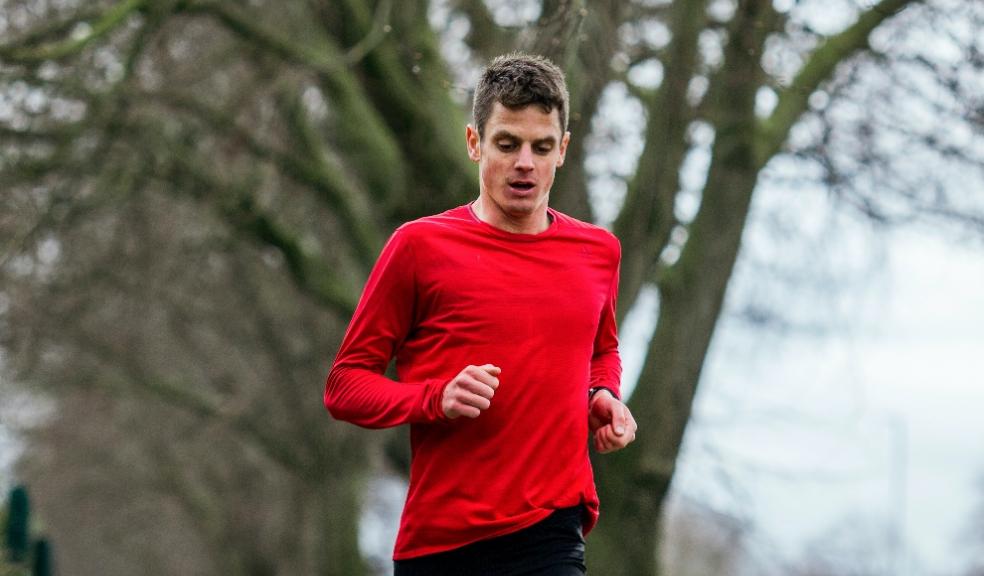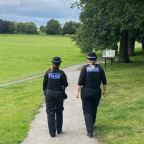
Jonny Brownlee’s top tips for training in winter
Whether you’re a cyclist, runner or triathlete, there are certain aspects you can control such as training and nutrition, but there are others that are completely out of your hands – like the weather.
As the nights are drawing in and the weather is becoming less inviting, there is no denying that even the more committed among us find these conditions more challenging. So, use this time as a brilliant opportunity to set new goals and adapt training to truly get ahead of the game and achieve personal best.
To help budding athletes do so, William Hill spoke to triathlete Jonny Brownlee to reveal how he adapts his training in winter.
Jonny Brownlee’s top tips for training in winter
Triathlete Jonny Brownlee shares his top tips on how to train to your best in winter.
1. Stay safe
For winter training, you need to prepare to stay safe, and not harm your body in the cold. Check the forecast before heading out and dress in appropriate layers, protecting your hands and feet, wear reflective clothing if training in the dark.
2. Stay disciplined
The key is you need to stay disciplined and prepare yourself mentally when battling through weather conditions, remain calm and stick to your plan. In cold weather races, Jonny starts the race knowing that lots of his competitors are beaten already!
3. Be aware of diet and hydration
In cold conditions, you need to be aware of your diet and hydration, as it's easy to forget to eat and drink. You need to stay disciplined and force yourself to consume the right nutrients. In training have a big meal and a hot drink before going out cycling as you may not want to eat on the bike in the cold.
4. Adapt the bike for winter
Put mudguards on your bike in winter, as they stop a lot of the spray on the roads. It is also worth cycling on a mountain bike especially when the roads are icy or covered in snow.
5. Wear appropriate clothing
It’s better to be too warm than too cold, so always have a rain jacket with you. It’s also important to take a spare underlayer and a set of gloves that you can change if needed. Top tip: Warm your gloves on the radiator before you go out.
For full details on how weather effects sporting performance and the full interview with Jonny Brownlee, go to https://news.williamhill.com/weather-effect/











